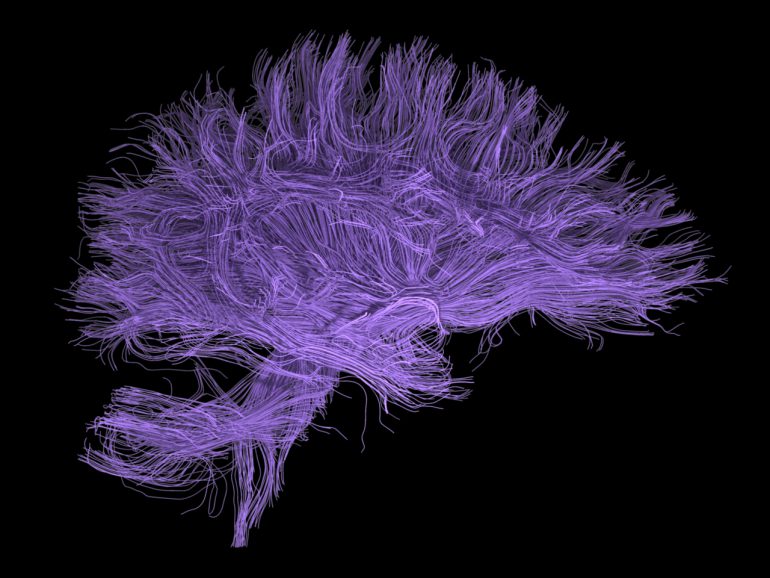In a series of articles in The Chronicle from his book “Small Teaching: Everyday Lessons From the Science of Learning“, James M. Lang presents simple and practical ideas ideally suited to try out in lectures. In the third article, three quick suggestions for helping students develop deeper connections with course material are given:
- Give over 10 minutes at the end of a lecture once or twice a week for students to think about and then write down connections between the course and everyday life. Prompts might include; why the material matters to them or society or how it manifests itself in their lives or in TV shows, films or books. Students could also be asked to write about the connections they see between different topics in the course.
- If there isn’t time in class for (1), students could be asked to contribute a connection via the course’s discussion forum or using social media. The character limit on Twitter forces students to be succinct and think about how to put their thoughts in one or two short sentences.
- Use the ‘minute thesis’ activity: write down a column of course topics and a column of course themes or outcomes and ask students to discuss and then write down how one of theme connects to two topics. This activity is well suited to the last week of a course as it helps students think about all of the material that has been covered and how it is all related to the course outcomes.





